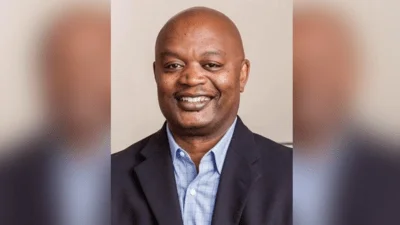September 18-24 is Forensic Services Week!
On October 25, 1935, the Saint Paul Police Department Crime Laboratory was formed, just three years after the Federal Bureau of Investigation established their own crime lab. As the first lab in Minnesota, SPPD offered the use of its lab to surrounding police agencies and the Minnesota Bureau of Criminal Apprehension. Through the years, SPPD was on the cutting edge of many forensic tools, such as an “inkless” fingerprint system—using cameras to capture the prints’ image and a printer creates a hardy copy of the fingerprint—and forensic voiceprint.
Forensic voiceprint played a large role in solving the murder of SPPD Patrolman James T. Sackett. Patrolman Sackett was fatally injured by gunfire from a sniper while responding to a fake emergency “OB” call. The female subject who made the fake emergency call was identified using forensic voiceprints, which led to her testimony in the case. The female’s testimony likely secured the arrests of the two suspects who were charged and convicted of the murder thirty-five years later. The voiceprint evidence made its way through the court process, all the way to the Minnesota State Supreme Court. The Minnesota State Supreme Court was the first state court to uphold the use of voiceprints as evidence, which is now part of the normal investigative process nationwide.
Now known as the Forensic Services Unit (FSU), the lab is accredited by the ANSI National Accreditation Board. The FSU maintains 24/7 readiness to respond to major crime scenes for documentation and evidence processing. Other capabilities are latent print and impression evidence processing, presumptive blood testing and firearms processing.
To learn more about the history of our crime lab, visit: https://www.spphs.org/history/crimelab/index.php

Original source found here.


 Alerts Sign-up
Alerts Sign-up